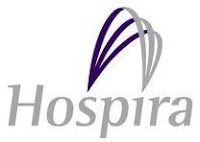In these proceedings the court was required to determine costs in relation to a patent validity claim which Boston brought against a patent held by Orbusneich.
There was naturally some background. Orbusneich had previously brought patent infringement proceedings against Boston in respect of some of its patent in the Netherlands, without disclosing to Boston that it had applied to surrender one of them. Boston later launched invalidity proceedings against Orbusneich in the United Kingdom in relation to patents that Orbusneich had applied to surrender. Even at this point Orbusneich still did not disclose to Boston its application to surrender. The application to surrender was subsequently granted, with the result that Boston's invalidity claim relating to that patent fell away. The judge had to determine the appropriate level of costs in relation to the claim based on the surrendered patent, particularly in light of the parties' conduct of the case.
Richard Meade QC ruled as follows:
- Orbusneich's actions were apt to mislead Boston into assuming that it continued to maintain the patent, and it would have been reasonable for Orbusneich to tell Boston that it was applying to surrender.
- It was wrong to say that it was unnecessary for Orbusneich to disclose its application to surrender simply because that application was publicised on the European Patent Office website.
- It was obvious that Boston was under the impression that the validity of the patent would be contested.
- Since Boston was successful, the general rule applied so that they were entitled to payment of their costs. An order for an interim payment of less than 50 per cent would be made.
No more is known about this ruling at present. Suffice it to say, though, that (i) litigants do not appear to have constructive notice of applications to surrender on the sole ground that they have been published on the EPO website, and (ii) it seems to be the prudent course to inform your adversary that you have applied to surrender a patent which he has applied to invalidate.









